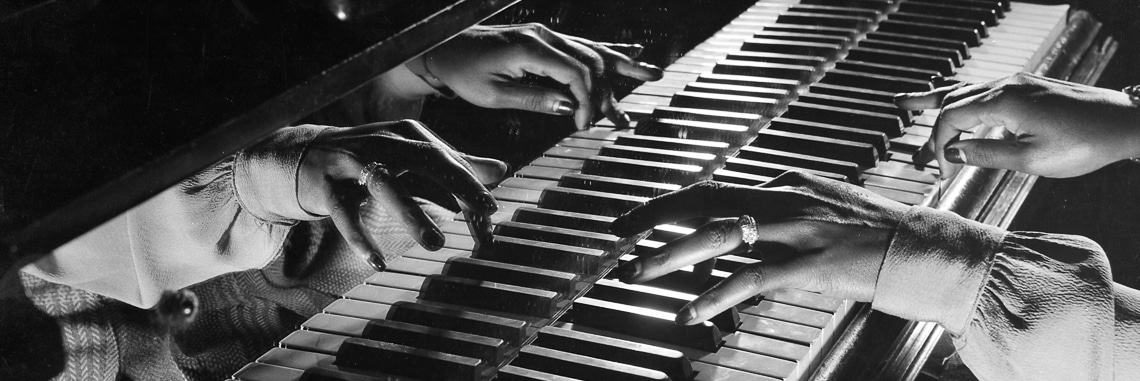
African American Spirituality and Song
Contemplative Song
Tuesday, February 9, 2021
The things that help us discover and return to a place of integrated knowing are both obvious and not obvious at all. Silence is one of them, and probably the one I speak of most often. Yet music and art create valuable channels to God as well. It is a gift to our Christian contemplation tradition that CAC faculty member Barbara Holmes names and claims moments that lie beyond the traditional monastic framework of solitude, silence, and stillness as authentic experiences of contemplation. Here she reflects on how worship in the Black church can create a communal contemplative experience:
The soloist moves toward the center of the podium. The congregation of about 1,500 breathes with her as she moans “Oh . . . oh . . . oh, Jesus.” Those are the only words to the song. Unless you are sitting within the sound of her voice, it is difficult to imagine how a song of two words can be a cry of anguish, balm, and celebration. In each soaring note, we participate in the unutterable spectrum of human striving. In this world, you will have trouble, but “oh, oh, oh, Jesus.” The shouts of exaltation give no indication of what is happening. Although it appears to be the usual charismatic congregational fare, in fact we are riding the stanzas through time to the hush arbors and swamp meetings, over the dangerous waters to safety. In this ordinary Sunday service, something has happened and we are changed. The worldly resistance to transcendence that we wore into the sanctuary has cracked open, and the contemplative moment carries us toward the very source of our being.
Moments like this occur regularly in the black church, yet if you ask congregants about their “contemplative practices,” they would be confounded. . . . Despite numerous exceptions, black church worship is known for its heartfelt, rhythmic, and charismatic character. This depiction has become such an accepted view that contemplative practices remain a subliminal and unexamined aspect of black religious life. As a consequence, the practices are not nurtured, encouraged, or passed on to future generations. Yet when contemplative moments occur, worship experiences seem to deepen. . . .
In the midst of worship, an imperceptible shift occurred that moved the worshipping community from intentional liturgical action to transcendent indwelling. There is no way to describe this shift other than to say that “something happened.” During this sacred time, the perpetual restlessness of the human heart was stilled and transformed into abiding presence. Time shimmered and paused, slowing its relentless pace, and the order of worship no longer took precedence for those enthralled by a joy unspeakable. [1]
This is the contemplative moment, the recognition that each and every member of the congregation shares the same angst over the troubles of the world and the need for reunion. . . . Those who listen know the Holy Spirit is in control. [2]
References:
[1] Barbara A. Holmes, Joy Unspeakable: Contemplative Practices of the Black Church, 2nd ed. (Fortress Press: 2017), xix–xx.
[2] Holmes, 84.
Story from Our Community:
Slowly but surely, the loving and open-ended language of the Daily Meditations is replacing the rigid vocabulary that I so readily absorbed in the earlier days of my faith. In fact, I feel that I am finally beginning to experience faith instead of just a list of things I was taught to accept. What freedom there is in this! I also appreciate how much Fr. Richard ‘passes the mic’ to amplify other voices. I am grateful to have been introduced to Barbara Holmes, Cynthia Bourgeault and many others. These voices help me find my own. —Alison D.

